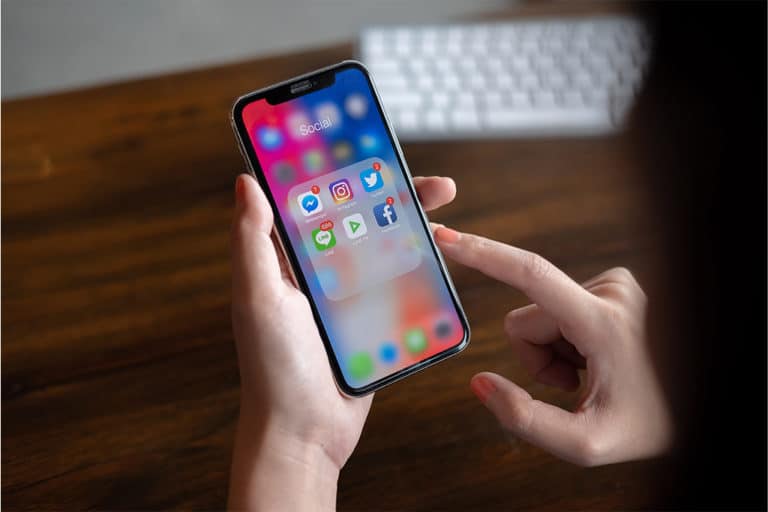There are hundreds of ways your smartphone can become into a life-threatening situation with water. From the classic, oops I drop it into the toilet to your kid accidentally dropping a glass of soda next to it.
Fortunately, waterproofing has become a sort of standard on modern phones. Samsung Galaxy devices and Google’s latest Pixel all have to a certain degree water resistance or waterproofing. It is measured on an IP (or Ingress Protection) scale. If your phone is rated with a high number, like IP67 or IP68 protection, congratulations, it’s probably going to be fine, however, if it’s got a lower rating or none at all, you should prepare for the worst.
So in case, your phone decides to take a dive, once you’ve done freaking out, please don’t tap all the buttons, blow on it, or try to dry it hair dryer to get rid of all that water, all of them are the wrong approach.
Here’s the right way to rescue your water-damaged smartphone:
- Try to retrieve it as quickly as possible. The longer it’s in the water, the harder will be to save.
- )Power it off right away.
- Don’t try to press any of the other buttons or load any apps.
- Remove the case if you have one.
- If your phone has a removable battery, pop the battery out to avoid short-circuit.
- Do not blow-dry your wet phone heat will damage the electronics inside.
- Give the case-free phone a quick wipe with a clean towel
- Make sure no water drains into the charging port, SIM or MicroSD slots, or headphone jack.
- If there are traces of water trapped inside cracks or indentations try carefully and conservatively using compressed air to blow it out.
- If you don’t have a can of air use your mouth to gently blow it out. Just be careful not to blow the water further inside the phone, or add your own spit to the mix.
Next, we have a few different options. Searching the internet or ask a friend, all probably will recommend you to stack your device in a bag of rice. It might work but that method can cause some problems. While rice is absorbent, it will not collect all the moisture hidden deep within your phone, so it only serves as a partial fix. Also, the rice gets mushy and sticky as it absorbs the water, and then you could wind up with gummy bits of rice stuck in your phone’s seams and ports, or dust deep in your device’s crevices. You can wrap the phone loosely in a paper towel before dropping it into the rice, but this is still not your best option.
.
It is a good idea to be prepared for this inevitable phone-soaking well ahead of any actual accidents. The smartest option is to keep synthetic desiccants (drying agents), the ones that come with electronics or food that say “DO NOT EAT” stuff. These packets typically contain silica gel, which absorbs moisture around them. They work more quickly and better than rice.
Start hoarding these packets you’re already getting for free in a box with a new hard drive or a shipment of spices or whatever, pull it out and save it in an airtight container, or buy them in bulk.) After you’ve collected a bunch of them, you will have an emergency phone-rescue hatch ready to go. Drop the wet phone into the container, make sure it is surrounded by packets, seal the container, and wait 24 to 48 hours.
The trick to this method is that for the desiccant to do its work, it needs to be in a sealed container so that it can absorb water only the humidity from your phone, and not from the outside air. Also, you need to have enough of the desiccant present to absorb all the water.
If you follow ALL these tips, there’s a chance your phone could survive its dive, however, it spends too much time underwater, you could be out of your options. In that case, make sure your next phone will be a waterproof one.














